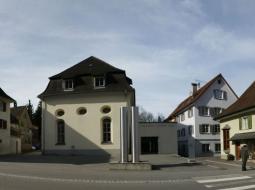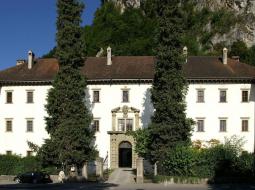Thessaloniki gets ready for its metro launch in November
The underground rapid transit lines have been under construction for almost two decades due to various project delays
 TheMayor.EU logo
TheMayor.EU logo 
The town of Hohenems had its humble origin as a castle from the 9th century. Over the next few hundred years, it eventually grew into one of the biggest fortifications in the south parts of the German Kingdom. Many lords and knights resided in the fortification, which also sometimes served as a prison for nobles like the king of Sicily William III or Archbishop Bruno of Cologne.
Hohenems was first granted the status of “town” back in 1333 but it was never made use of by its local government due to a shortage of funds to build a wall around its periphery. That changed on its 650th anniversary – in 1983 the provincial government of Vorarlberg officially gave Hohenems all appropriate town rights.
The town of Hohenems is part of the Austrian state of Vorarlberg and is located in the Dornbirn district. It has a total population of 16,317, making it the 5th largest municipality in the province. The total area of the town is 29 square kilometers, of which around 42% is covered in forest. It is divided into 5 main neighbourhoods – central, northern, eastern, southern and western.
Big parts of Hohenems’ economy are made up of small, private businesses but there is also a significant presence of bigger corporations – like the Collini large metallurgical plant and the meat-production factory of Efef. The town is also a tourist hub for the area, thanks to its geographical position – the centre of the Rhine Valley. It’s a starting point for many hikes and mountain bike tours. It also has a ski resort – Schuttannen and many sporting goods stores.

Hohenems also has a beautiful Jewish quarter that has historical preservation status since 1996. In 1991 the Jewish History Museum opened its doors in the centre of the neighbourhood, while the synagogue, previously converted into a fire station, has been partially rebuilt after 2001.

Hohenems boasts many medieval castles, forts and ruins. One of the town’s biggest tourist attractions is the Renaissance Palace that dominates the main square of the town. It was built in the 2nd half of the 16th century and inside its library were found two manuscripts of the Nibelunglied.
Kaiser Franz Josef Straße 4
A-6845 Hohenems